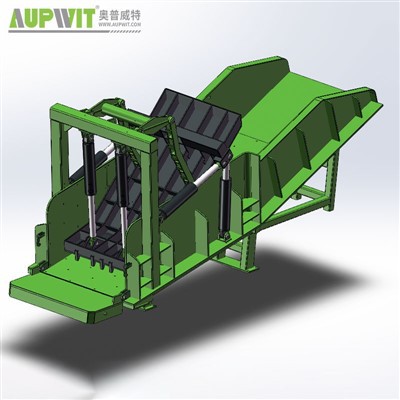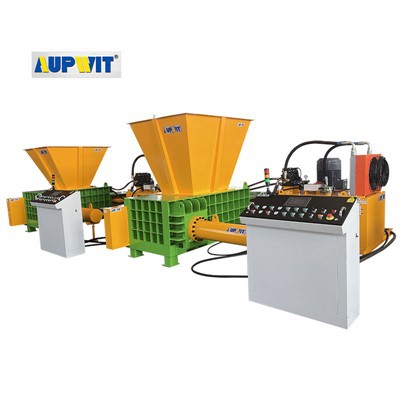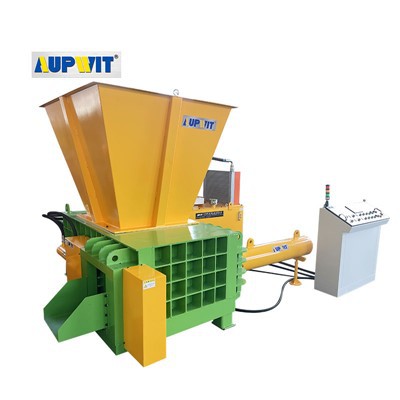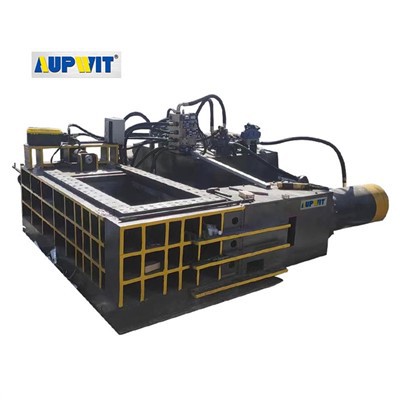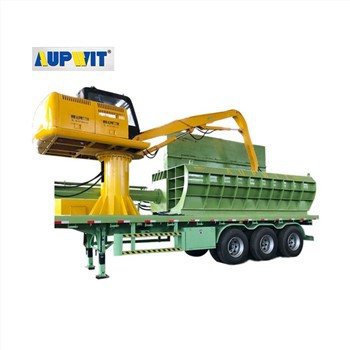Factors Affecting Aluminum Briquetting Machine Mold Lifespan
Understanding key elements that influence durability and performance
The operational lifespan of an aluminum briquetting machine mold is influenced by several interconnected factors. Proper attention to these aspects can significantly extend mold service life while ensuring consistent performance.
Material Quality Foundation
Mold material quality forms the foundation of durability. High-grade alloy steels with excellent wear resistance and toughness are standard, as they withstand repeated compression forces while resisting deformation.
- Superior materials maintain structural integrity under continuous operation stress
- Inferior materials tend to wear faster and develop cracks prematurely
- Quality materials resist shape loss even after extended use cycles
Usage Intensity Impact
Operational frequency and load directly influence how quickly a mold deteriorates. Heavy loads and abrasive materials accelerate surface wear, reducing precision over time.
- Frequent operation with heavy loads increases wear rate
- Processing materials with sharp edges or contaminants causes excessive abrasion
- The type of aluminum waste processed significantly affects degradation speed
Maintenance Practices
Regular maintenance is critical for extending functional lifespan. Proper care prevents minor issues from escalating into major damage requiring extensive repairs.
- Cleaning after each use removes residual particles that cause scratching
- Protective coatings reduce friction and prevent rust formation
- Regular inspections identify wear signs before they become critical
- Timely addressing of surface irregularities prevents further damage
Operational Practices
How the machine is operated significantly affects mold longevity. Correct procedures distribute pressure evenly and minimize stress concentrations.
- Proper machine alignment prevents uneven pressure distribution
- Avoiding overloading prevents sudden stress that may crack or warp molds
- Appropriate lubricants reduce friction between mold and material
- Correct setup procedures minimize unnecessary wear on components
Environmental Considerations
Storage conditions and environmental factors play a subtle but important role in mold preservation between operational cycles.
- Dry, clean storage prevents corrosion and contamination
- Protection from extreme temperatures maintains structural integrity
- Avoiding repeated thermal expansion/contraction cycles prevents material fatigue
- Humidity control minimizes oxidation risks on mold surfaces
A well-maintained mold manufactured from quality materials can serve reliably for an extended period when operated correctly under appropriate conditions. Neglect or improper use in any of these areas can significantly shorten functional life. Regular inspection and adherence to maintenance protocols maximize the mold's service life effectively.


